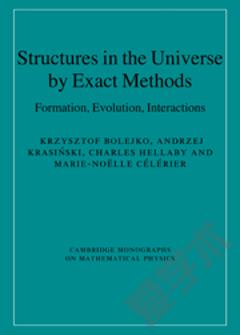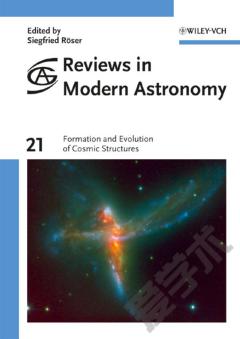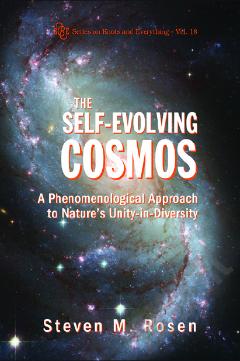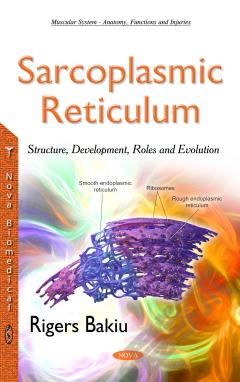Structures in the Universe by Exact Methods: Formation, Evolution, Interactions
As the structures in our Universe are mapped out on ever larger scales, and with increasing detail, the use of inhomogeneous models is becoming an essential tool for analyzing and understanding them. This book reviews a number of important developments in the application of inhomogeneous solutions of Einstein's field equations to cosmology. It shows how inhomogeneous models can be employed to study the evolution of structures such as galaxy clusters and galaxies with central black holes, and to account for cosmological observations like supernovae dimming, the cosmic microwave background, baryon acoustic oscillations or the dependence of the Hubble parameter on redshift within classical general relativity. Whatever `dark matter' and `dark energy' turn out to be, inhomogeneities exist on many scales and need to be investigated with all appropriate methods. This book is of great value to all astrophysicists and researchers working in cosmology, from graduate students to academic researchers.
{{comment.content}}








 京公网安备 11010802027623号
京公网安备 11010802027623号